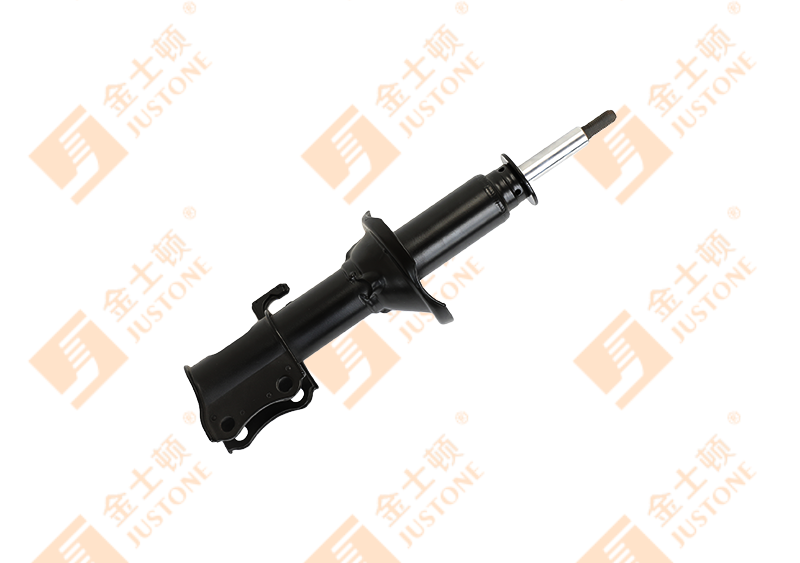Didn't find a product that suits you?
Contact us for the latest news.
Non-Suspension Shock Absorbers are commonly associated with vehicle suspension systems, but they also play vital roles in various non-suspension applications. These specialized dampers are designed to control motion, reduce vibrations, and absorb impacts in machinery, industrial equipment, and structural systems.
Hydraulic Shock Absorbers
Hydraulic shock absorbers operate by forcing fluid through small passages to dissipate kinetic energy. These are widely used in industrial settings where controlled deceleration is required.
Variations and Uses
Linear hydraulic absorbers are employed in manufacturing equipment and automated systems to regulate the movement of heavy components
Rotary hydraulic dampers help control torsional vibrations in rotating machinery like cranes and turbines
Adjustable models allow for precise tuning of damping force in robotics and precision equipment
Key Benefits:
Provide smooth and consistent damping performance
Capable of handling high-load applications
Some designs offer adjustable damping characteristics
Limitations:
Potential for fluid leaks requiring maintenance
Performance can be affected by temperature variations
Pneumatic Shock Absorbers
Pneumatic dampers utilize compressed gas to absorb and dissipate energy, making them suitable for applications where hydraulic fluid is impractical.
Common Applications
Gas springs are used in industrial doors and medical equipment for controlled motion
Air dampers reduce vibrations in packaging and printing machinery
Pneumatic bumpers cushion impacts in elevators and material handling systems
Advantages:
Clean operation with no risk of fluid leakage
Lightweight construction with rapid response
Minimal maintenance requirements
Disadvantages:
Less effective for extremely heavy loads
Heat generation from air compression can be a concern
Elastomeric Shock Absorbers
These dampers use rubber or polymer materials to absorb energy through elastic deformation.
Typical Implementations
Rubber bumpers protect machinery and marine equipment
Vibration isolation pads reduce noise in generators and HVAC systems
Urethane shock pads provide impact absorption in sports flooring and industrial platforms
Strengths:
Completely maintenance-free operation
Excellent resistance to corrosion and chemicals
Effective for high-frequency vibration control
Weaknesses:
Material degradation over time from environmental exposure
Limited load capacity compared to hydraulic systems
Spring-Based Shock Absorbers
Mechanical spring systems absorb and release energy through elastic deformation.
Application Examples
Coil spring dampers are used in industrial presses and stamping machines
Torsion spring absorbers stabilize rotating systems like flywheels
Disc springs (Belleville washers) absorb axial shocks in high-pressure valves
Positive Aspects:
Simple and reliable mechanical design
No fluids or gases required
Long operational lifespan
Negative Aspects:
Potential for rebound effects
Limited effectiveness for high-frequency damping
Friction Shock Absorbers
These systems dissipate energy through controlled friction between surfaces.
Common Uses
Brake caliper dampers in industrial braking systems
Clutch dampers in heavy machinery drivetrains
Benefits:
Straightforward and economical design
No fluid components
Drawbacks:
Generates significant heat and wear
Requires frequent maintenance and part replacement
Magnetic Shock Absorbers
Eddy current dampers use electromagnetic resistance for contactless motion control.
Specialized Applications
High-speed transportation systems (maglev damping)
Precision laboratory equipment
Advanced vibration isolation systems
Advantages:
No mechanical wear due to contactless operation
Precise control capabilities
Suitable for extreme speed applications
Disadvantages:
High initial cost
Requires electrical power supply
Complex system integration
Each type of non-suspension shock absorber offers unique benefits tailored to specific operational requirements. The selection depends on factors such as load capacity, environmental conditions, required precision, and maintenance considerations. Understanding these variations enables engineers to choose the most appropriate damping solution for their particular application.
